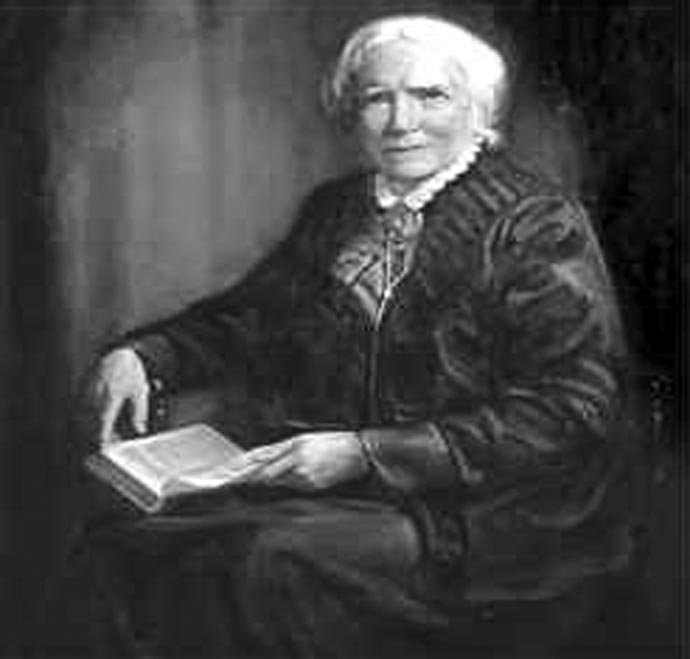Elizabeth Blackwell born on 3rd February 1821, was the first female doctor in the United States. She was the first openly identified woman to graduate from medical school, a pioneer in educating women in medicine in the United States, and was prominent in the emerging women’s rights movement. Talking about Elizabeth’s educational life, she was rejected by all the leading schools to which she applied and almost all the other schools as well. When her application arrived at Geneva Medical College at Geneva, New York, the administration asked the students to decide whether to admit her or not. The students, reportedly believing it to be only a practical joke, approved her admission. At first, she was even kept from classroom medical demonstrations, as unsuitable for a woman but very soon the students started getting impressed by her ability and persistence. Finally, she graduated first in her class in 1849, becoming the first woman doctor of medicine in the modern era. She worked in clinics in London and Paris for two years, and studied midwifery at La Maternité where she contracted “purulent opthalmia” from a young patient. When Blackwell lost sight in one eye, she returned to New York City in 1851, giving up her dream of becoming a surgeon.

After returning to New York City, she applied for several positions as a physician, but was rejected because she was a woman. Blackwell then established a private practice in a rented room, where her sister Emily, who had also pursued a medical career, soon joined her. Their modest dispensary later became the New York Infirmary and College for Women, operated by and for women. Dr. Blackwell also continued to fight for the admission of women to medical schools. In the 1860s, she organized a unit of female field doctors during the Civil War where Northern forces fought against those of the South over, among other things, slavery and secession.
Dr. Blackwell did not give up and continued her efforts to open the medical profession to women. In 1857, Blackwell along with her sister Emily founded their own infirmary, named the New York Infirmary for Indigent Women and Children. During the American Civil War, Blackwell trained many women to be nurses and sent them to the Union Army. Many women were interested and received training at this time. Her articles and her autobiography also attracted widespread attention and inspired many women.
She also began to see women and children in her home. As she developed her practice, she also wrote lectures on health, which she published in 1852 as The Laws of Life, with Special Reference to the Physical Education of Girls.
Blackwell was an early outspoken opponent of circumcision and in said that “Parents should be warned that this ugly mutilation of their children involves serious danger, both to their physical and moral health. She was a proponent of women’s rights and pro-life. Her female education guide was published in Spain, as was her autobiography. Blackwell also had ties to the women’s rights movement from its earliest days. She was proudly proclaimed as a pioneer for women in medicine as early as the Adjourned Convention in Rochester, New York in, two weeks after the First Woman’s Rights Convention in Seneca Falls.
In 1856, she adopted Katherine “Kitty” Barry, an orphan of Irish origin, who was her companion for the rest of her life.
In 1907, Blackwell was injured in a fall from which she never fully recovered. She died on 31 May 1910 at her home in Hastings in Sussex after a stroke. She was buried in June 1910 in Saint Mun’s churchyard at Kilmun, a place she loved in Argyllshire, in the Highlands of Scotland.

